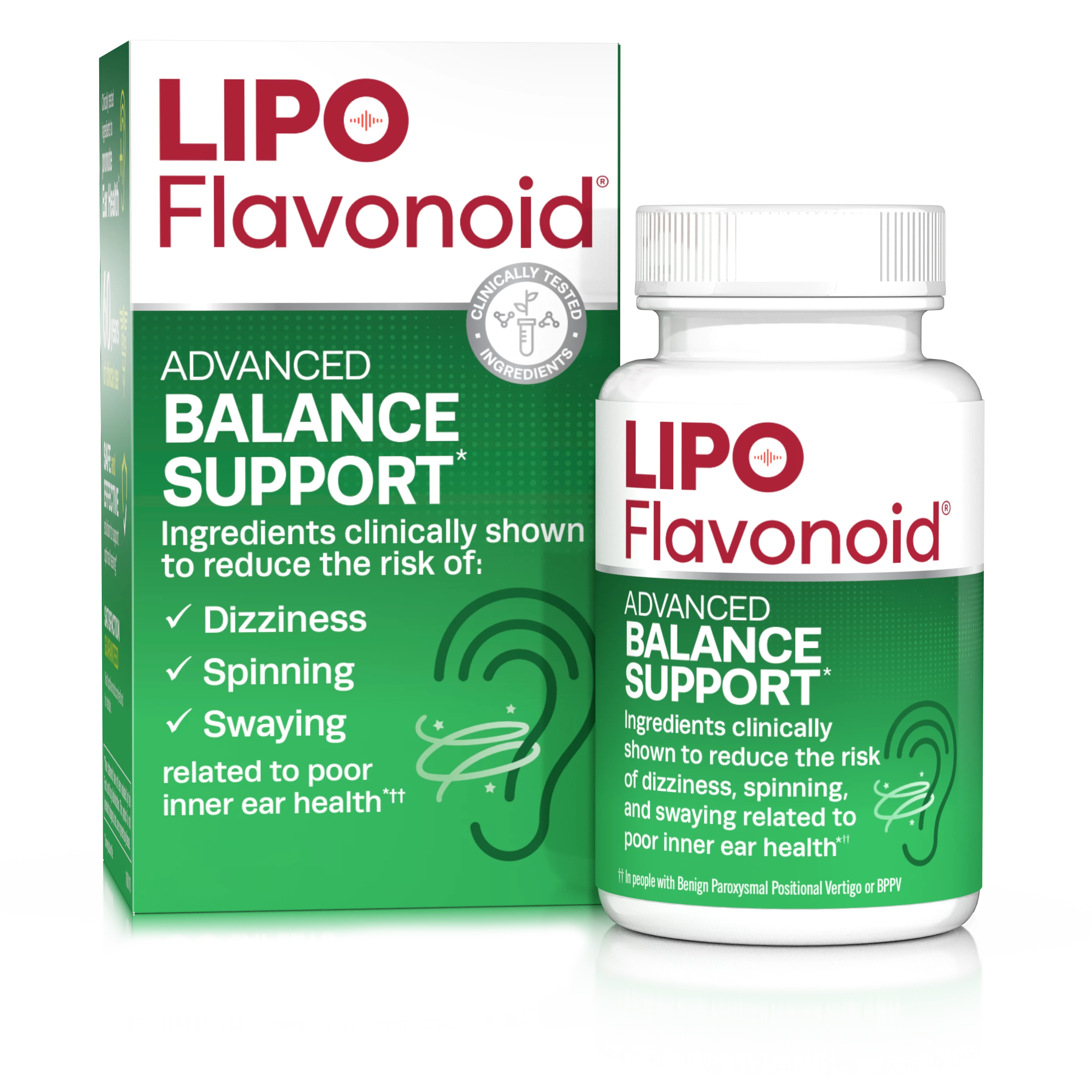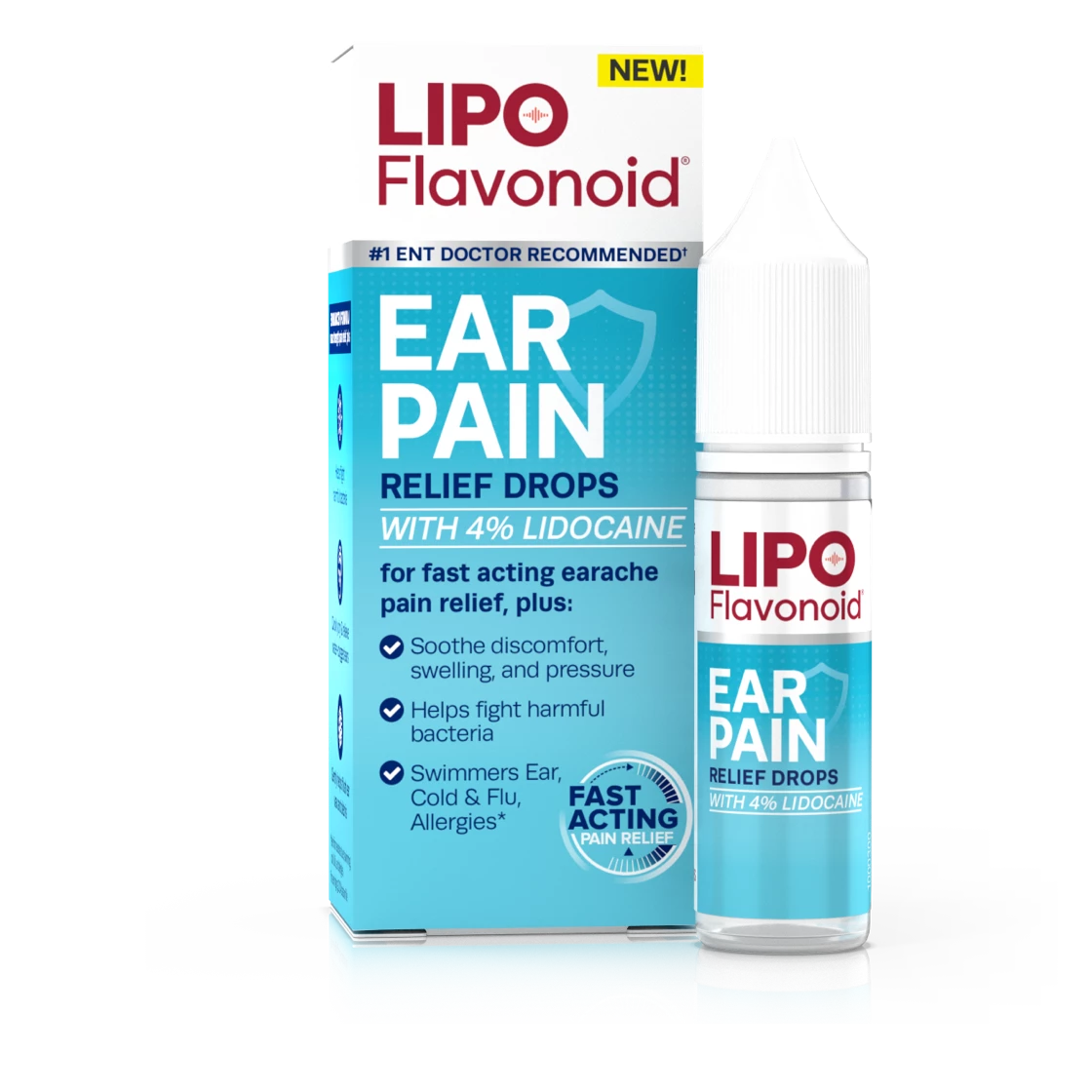Save Money Using a Flexible or Health Savings Account for Certain Over The Counter Products
“Letter of Medical Necessity” Can Make Big Lipo-Flavonoid Savings Possible
Do you rely on a Lipo-Flavonoid product to help you with tinnitus or ringing in the ears?
Have you set aside funds, pre-tax, in a flexible spending (FSA) or health savings account to help you save money on out-of-pocket medical expenses with tax-free dollars?
Usually, most of us think about using our flexible spending or health savings accounts for insurance copayments and deductibles, prescription medications and required medical devices. But, with a letter of medical necessity from your doctor, certain over the counter (OTC) products can also qualify as expenditures for reimbursement from your pre-tax, health-related savings accounts.
That’s right, with the appropriate paperwork, you may be able to use your flexible spending and health savings funds for a Lipo-Flavonoid product. This wasn’t always the case, but when the U.S. government passed the “CARES Act” (Coronavirus Aid, Relief, and Economic Security Act), it reinstated FSA reimbursement for a lot of OTC products. Eligible expenses are effective retroactively to January 1, 2020.
While some OTC items are more easily reimbursed, you may still be able to make others, like Lipo-Flavonoid eligible via a slightly different process.
To be able to use your FSA funds for a Lipo-Flavonoid product, for example, you’ll need a letter of medical necessity or doctor’s statement from your healthcare provider. This document verifies that the medication, product or service you’re asking for reimbursement for from your healthcare FSA is for the diagnosis, treatment, or prevention of a condition. In the letter or note, your healthcare provider should explain that the OTC product you’re using, such as Lipo-Flavonoid, helps to treat, manage, or prevent a condition that you have. The letter should outline how the product plays an essential role in your care.
If you and your doctor have identified an OTC product or service that can help you better manage your tinnitus, for example, and that product is not already included in the common list of FSA-eligible OTC products, here’s what to do:
- Ask your benefits administrator or human resources department if there is an official form you should use to get an OTC product approved as an FSA-eligible expense.
- If there is not a form for your doctor to complete and sign, ask him or her to write you a letter of medical necessity. This letter needs to include what medical condition the OTC products in question are being used to treat/manage/prevent, a description of the regimen (frequency, dosage), and how long you are expected to need the therapy.
- Submit either the appropriate and doctor-signed form or letter of medical necessity along with your receipts or invoices for products to be reimbursed.
- Be aware that in some cases, benefits administrators may ask for additional information from your doctor.
Key Information for Letters of Medical Necessity
Here’s an outline of the important information that should be included in your letter of medical necessity from your doctor. Letters should be provided on your healthcare provider’s official letterhead or prescription pad or you should use the official form provided for this purpose by your benefits manager or human resources department.
- Provider’s official letterhead or prescription pad. Or, appropriate form.
- Patient/your name.
- Specific diagnosis/condition and the treatment/product/service being recommended/required.
- Dose amount, frequency of dose, and duration of therapy (days, weeks, months, ongoing) as appropriate. (Note that letters of medical necessity typically need to be renewed/rewritten annually.)
- Signature of licensed medical practitioner.
Tips for success:
- Start a conversation with your healthcare provider re. potential FSA-eligible products via email or a telehealth appointment, if possible, and get the ball rolling from the convenience of home. An in-office visit may not be required to get a letter of medical necessity and it’s great to start the process early so no one feels rushed or under pressure.
- Create a “medical expenses” folder where you stash all potentially FSA eligible receipts.
- Create a similar folder on your computer for any digital receipts or bills.
- Make an “appointment” in your calendar for every 3-4 months to periodically file your FSA claims for reimbursement.
Of course, caring for your ears and hearing health goes way beyond your wallet, to learn more about tinnitus and how to improve your management techniques, be sure to read our other blogs.


